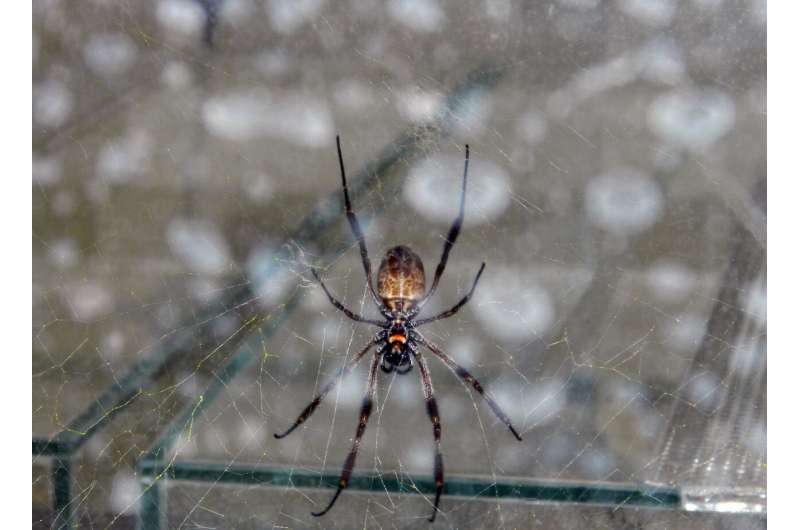
The treatment of nerve injuries with the aid of nerve guidance conduits has led to the desired regenerative success in some, but by no means all, cases. In a recently published study, a research team from MedUni Vienna and the University of Oxford has used silk as a promising material for repairing severed nerves.
In their experiments with silk from silkworms and spiders, the scientists also gained new insights into the effects on silks on neuronal healing processes. The study results have just been published in the journal Advanced Healthcare Materials and could significantly advance therapeutic options in peripheral nerve reconstruction.
In the search for improved therapeutic options for nerve injuries, the team led by Christine Radtke, head of MedUni Vienna’s Department of Plastic, Reconstructive and Aesthetic Surgery, produced in collaboration with researchers of the University of Oxford nerve conduits from two different types of silk: silk from silkworms was used for the tubes, while silk from spiders was used to fill them.
The function of these conduits was investigated in an animal model: as the experiments showed, the severed nerves adapted to the novel silk nerve guidance conduits and grew along the silk threads over the defect distance until the severed nerve endings were successfully reconnected. “As part of our study, we not only succeeded in nerve repair, we were also able to analyze the components of the healing process in detail,” says first author Lorenz Semmler from the Department of Plastic, Reconstructive and Aesthetic Surgery at MedUni Vienna, summarizing key study findings.
For example, the studies confirmed that the tubes made of silkworm silk are equipped with a porous wall to ensure the necessary exchange of nutrients and waste products, which is important for the functionality of the nerves. In addition, information was obtained about the molecular structure of the tubes, which is responsible for their stability and avoidance of kinking and rupture. It was also shown that cells crucial for nerve regeneration adhere to both types of silk, which is a prerequisite for regeneration to proceed. “Our study is an important step in regenerative neuroscience,” emphasizes study leader Christine Radtke in advance of future clinical trials that will confirm the current results.
Spider silk for nerve regeneration
Nerve guides made of various materials, such as chitosan or collagen, have been an important surgical tool for nerve repair for about three decades. These are tubes that are sutured to both ends of an injured nerve to bridge the disrupted nerve canal. Under optimal conditions, these tubes can already support the growth of nerve fibers and cells, but currently they can only bridge only small gaps.
To improve the method, scientists have discussed the use of filling material as a guiding structure inside the tubes. These should serve as a “handrail” for the damaged nerve, along which the regenerating tissue can orient itself and grow. “In our study, it turned out that peripheral nerves function well when such threads are made of silk, with spider silk apparently being preferred for the guide rails,” Semmler says. Therefore, the scientific team is already working on the next step to explore the potential use of spider silk in human peripheral nerve injuries.
More information:
Lorenz Semmler et al, Silk‐in‐Silk Nerve Guidance Conduits Enhance Regeneration in a Rat Sciatic Nerve Injury Model, Advanced Healthcare Materials (2023). DOI: 10.1002/adhm.202203237
Journal information:
Advanced Healthcare Materials
Source: Read Full Article